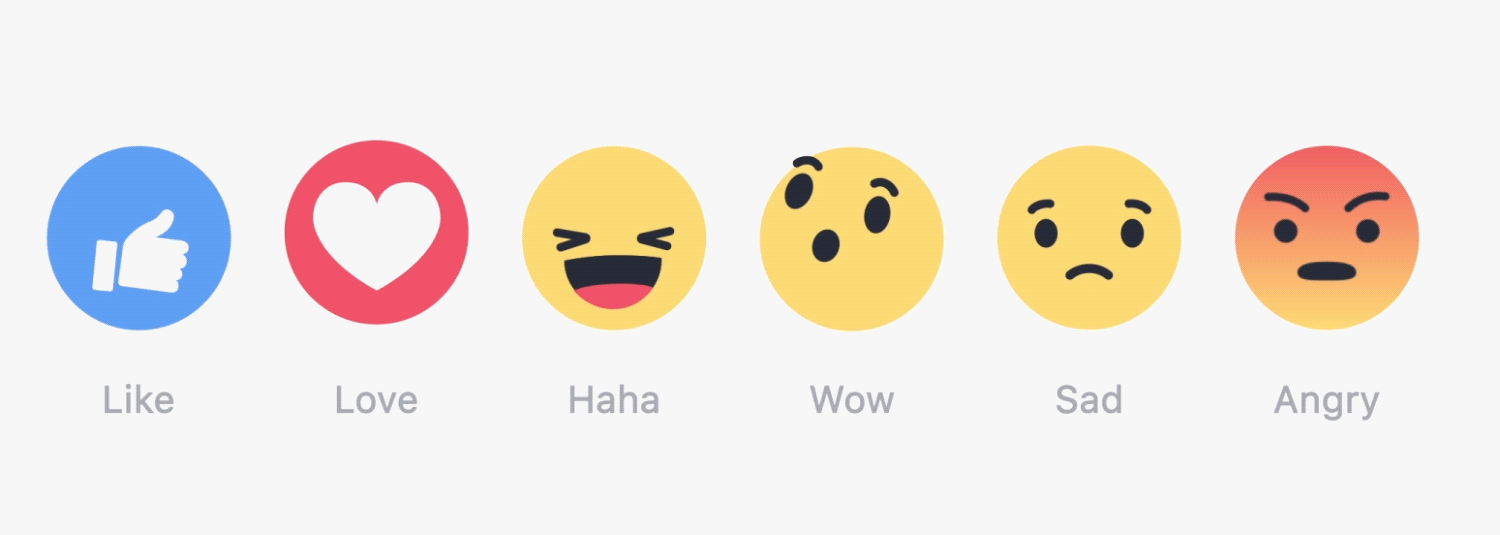Thanks in part to the massive popularity of emojis, several tech companies are exploring ways not only to make finding emojis easier, but to predict which ones you may want to use.
Read MoreThere’s Apple’s Siri, Microsoft’s Cortana, Amazon’s Alexa, and Nuance’s Nina. Sure, Facebook has “M”, Google has “Google Now”, and Siri’s voice isn’t always that of a woman. But it does feel worth noting that (typically male-dominated) engineering groups routinely give women’s names to the things you issue commands to. Is artificial intelligence work about Adams making Eves?
Read MoreAt their best, chatbots help you get things done. At their worst, they spew toxic nonsense. Whether we call them chatbots, intelligent agents, or virtual agents, the basic idea is that you shouldn’t need to bother with human interaction for things that computers can do quickly and efficiently: ask questions about a flight, manage your expenses, order a pizza, tell you the weather, and apply for a job. A lot of these are handy but may not feel quite like artificial intelligence–later in this post, we’ll tackle the relationship between detecting intentions, having conversations and building trust as the core pieces that make a chatbot feel more like artificial intelligence.
Read MoreYou can turn right on red in Iowa. Except not where I was last night, from Washington Street on to Linn, which I only realized as I read the “no right on red” sign mid-turn. You’re definitely not supposed to turn left on red, which is what I did a few blocks earlier going from Iowa St. to Clinton. I have no excuse except—I’m not kidding—my mind was preoccupied by thoughts about self-driving cars.
Read MoreJune 21st is the release of Unicode 9, which will feature 72 new emoji–folks at Emojipedia have helpfully put them all together. The question in this blog post is: which ones will turn out to be the most popular? (Note that most people aren’t going to be able to use them immediately–you have to get an update of your phone/browser for them to show up and so will anyone you want to send them to.)
Read MoreIf you could read everything on Google News that mentioned artificial intelligence, what would you find? (tl;dr: a lot of stuff on Google and humans)
Read MoreThis might be the case because most default emoji, although they appear yellow, are actually white. Tyler Schnoebelen, a linguistics Ph.D. and consultant in San Francisco who has studied emoticons, notes that many of the default symbols are phenotypically white: The symbol has blonde hair on Apple devices, etc. “It’s not surprising to me that people are not opting to go lighter, even if that’s closer to what their skin tone is, because they’re kind of represented by the default anyway,” he said.
Read MoreTYLER SCHNOEBELEN HAS discovered something curious about why people use the skull emoji. Schnoebelen is a linguist and the chief analyst for Idibon, a firm that interprets linguistic data. So recently he got interested in emoji. He analyzed a million social media posts containing those familiar little pictograms and found that when people talk about their phones they’re 11 times more likely to use the skull.
Read MoreWith Facebook unveiling additional emoji options, linguist Tyler Schnoebelen talks about how emojis are changing the way we communicate.
Read MoreTyler Schnoebelen, a linguist and cofounder of Idibon, a startup that processes unstructured language data (including emoticons and emojis), says the project could be useful for finding videos made by those who don’t speak the same language as you. But for him, the point of the project seems to be that it’s simply fun.
Read MoreWhat makes someone on Reddit posting about conspiracies sound particularly paranoid? How do corporations detect employees committing fraud? When consumers file complaints against financial institutions, how do they tell their stories? Rationality and causation are themes that unite these three questions.
Read MoreThe human skull has 14 facial bones and 35 muscles wrapping around these bones. That anatomy works together to form everything from grimaces, to grins, to mouths agape. Beyond the face, there are all kinds of cues that you can use to understand someone: voice contours, body language, and eye contact, to name a few.
Read MoreIdibon chief analyst Tyler Schnoebelen describes the capabilities of Idibon's technology, and how putting the human into the loop can increase accuracy in text analytics.
Read MoreThere may not be anyone who knows more about emoticons than Tyler Schnoebelen, a man who literally wrote his Stanford doctorate thesis on the subject. He found, for instance, that older people tend to use emoticons with noses, such as [:-)], while younger people are more likely to drop the proboscis. He discovered that roughly 10% of all tweets contain an emoticon. And he observed that the phrase f*** you rarely appears with an emoticon, because those playful little symbols can trivialize feelings like totally hating someone’s guts.
Read More(Download the paper! Or, for the presentation version of this from NWAV 2010)
Speech tempo can be deployed consciously to achieve particular effects, but it can also send cues to listeners that the speaker didn’t intend to convey. What this means for us is that tempo is a stylistic resource, expressive for both speakers and listeners— creating expectations about the speaker and their attitude toward a situation and audience. These expressions, however, don’t happen in a vacuum. The use of tempo reflects and constructs various ideologies, allowing tempo to signal emotional state, occupation, geographical origin, ethnic identification, and more.













